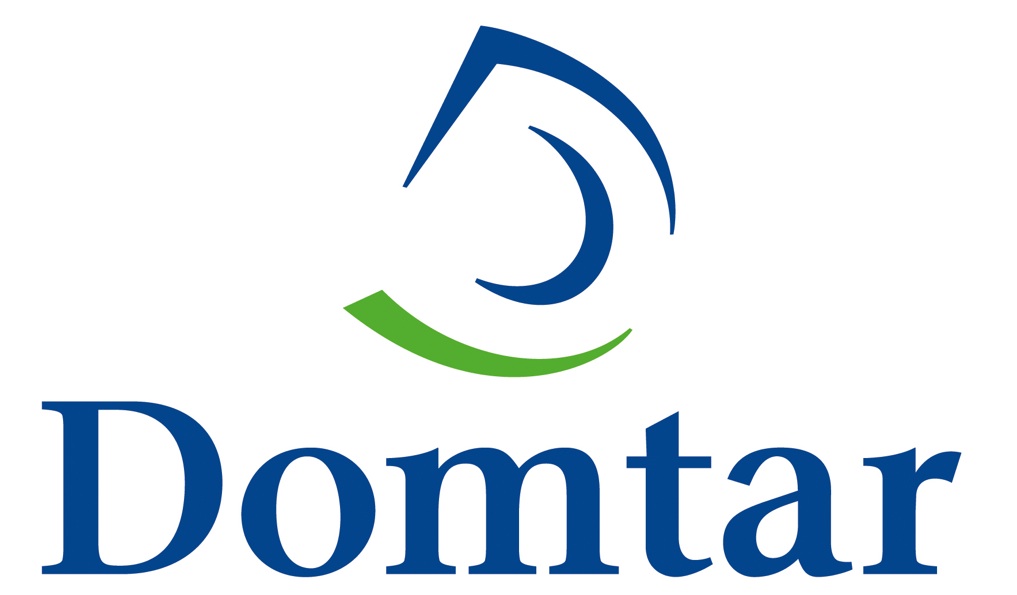Bringing the Elk Back to Elk Country
How innovation in sustainability is helping to improve soil in parts of the Eastern US

The successful re-establishment of a viable elk herd in the eastern United States is an example of what can be accomplished with innovative thinking.
Utilizing manufacturing byproducts, our Johnsonburg mill in Elk County, Pennsylvania, is playing a part in rehabilitating land scarred by decades of coal mining and making that land attractive to wildlife again.
This restoration effort, undertaken in partnership with the Rocky Mountain Elk Foundation and state and local environmental and game agencies, has enriched the region’s wildlife population and diversity, enhancing nature tourism, which plays an important role in the area’s economy.
Since 1997, the mill has provided more than 200,000 metric tons of byproducts from the mill’s operation to be applied to land in the region. In this application, the organics found in the pulp fiber and pH neutralizing properties of lime help restore topsoil that was degraded by acidic materials left behind in the mining process.
This treatment balances the soil’s chemistry so that clovers, grasses and grain crops can grow and feed elk and other wildlife.
“Elk, wild turkeys, whitetail deer and black bear heavily use these sites,” Dennis Dusza, a retired game commissioner said of this work. “Small game including cottontail rabbits and numerous species of furbearers and non-game wildlife, such as songbirds, other mammals and even aquatic life and reptiles and amphibians, benefit from these improved soils.”

